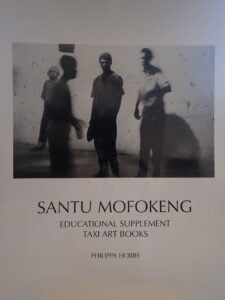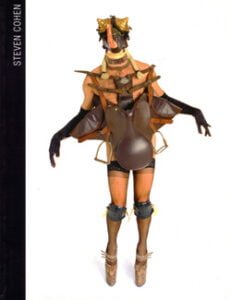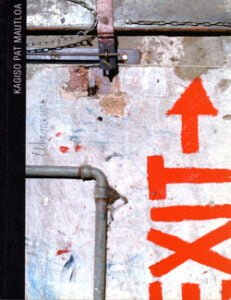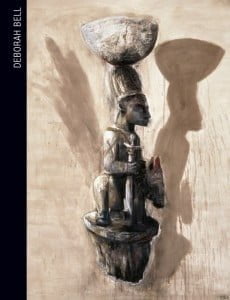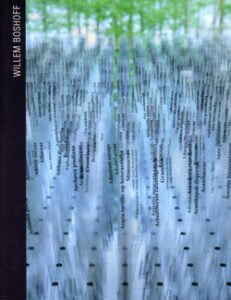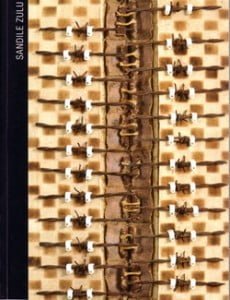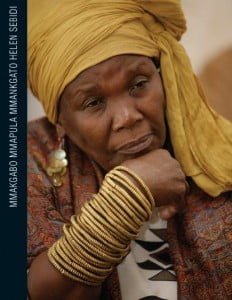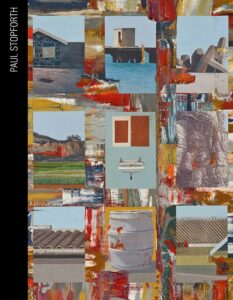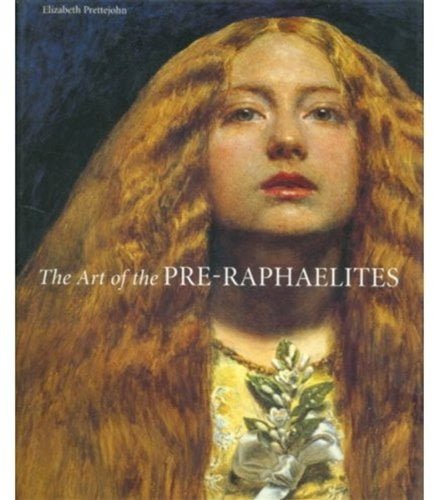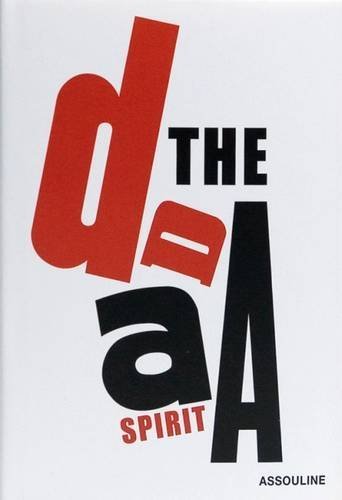Showing 241–256 of 291 results
-

R50This educational supplement is published together with a Taxi Art Book on Santu Mofokeng. He works as a freelance curator, writer, researcher and photographer, based in Johannesburg but travelling extensively. Born in Johannesburg in 1956, he began his photographic career informally as a street photographer in Soweto, and in the early 1980’s set out to pursue photography in earnest, mostly through documentary coverage of political activity at the time.
-

R500Steven Cohen is a pioneering artist whose work provocatively confronts issues of identity. Best known for his live performances, Cohen appears not only on stage and in galleries but also, uninvited, in public spaces.
-

R500THIS BOOK IS ONLY AVAILABLE AS PART OF THE FULL SET OF TAXI ART BOOKS. Kagiso Pat Mautloa is an essentially urban artist. Based in Johannesburg, he draws his inspiration from the street culture, the dynamics of the changing city and the images and people he encounters there. A graduate of the Rorke’s Drift Art…
-

R250Deborah Bell is a leading Johannesburg painter and sculptor whose work is created in dialogue with multiple worlds, texts, histories and consciousnesses. She is also widely known for her collaborative projects with William Kentridge and Robert Hodgins. Bell’s drawings, etchings and monumental clay sculptures possess a kind of ‘mystical godliness’
-

-

R250TAXI-012 SANDILE ZULU, the 12th title in the TAXI Art series, is the first book on the work of Sandile Zulu. Over the last decade, Zulu has developed a working method that relies as much on rhythm and repetition as it does on the unpredictability of the elements – fire, water, found objects – he uses. He is, as Colin Richards notes in his meticulously researched essay, a pyromancer, a collector of natural elements, and a scavenger after industrial debris.
-

R250Mmakgabo Sebidi traverses mental and physical landscapes with an eye trained on the dangerous, the discomfiting, the traumatic and the ecstatic in human experience. She is deeply grounded in her rural upbringing and traditions but also finely attuned to the rhythms of the city in which she has spent much of her adult life. Sebidi brings together these two worlds in works of great visionary and prophetic power. Her themes are wide-ranging: her cultural roots, the wisdom of the ancestors, the ravages of the modern world on the human psyche, the loss of tradition, the potential of human creativity to build relationships and restore the past.
-

R150Paul Stopforth is known in South Africa for work that comments on the harshness and injustices of life under apartheid. His art – comprising sculpture, drawing, painting, and printmaking – is not, however, narrowly political but instead occupies a space ‘between the material and the spiritual, imaging finitude and mortality’.
-

R200Following in the tradition of Phaidon’s The Art Book, this is an illustrated dictionary which presents in alphabetical order the work of 500 great artists from the 20th century. Each artist is represented by a full-page colour plate of a key work and a short text about the work of the artist.
-

R530| Daniel Magaziner is associate professor of history at Yale University. He is the author of The Law and the Prophets: Black Consciousness in South Africa, 1968–1977. ‘A richly suggestive and moving contribution to South African intellectual history.’ Achille Mbembe, author of Critique of Black Reason ‘This book is as important for students of global modernism as it is for scholars of South African art, history, and politics.’ Tamar Garb, author of Figures and Fictions: Contemporary South African Photography |
-

R500This lavishly illustrated book concentrates more closely on the visual impact of Pre-Raphaelite art than any previous study.
-

R400The Big Picture is Natalie Knight’s an Art-O-Biography-part memoir, part art history -filled with beautiful art images, society photos of the time and the stories behind many of the pieces she sold.
-
 Out of stock
Out of stock
R450The Big Screen tells the enthralling story of the movies: their rise and spread, their remarkable influence over us, and the technology that made the screen?smaller now, but ever more ubiquitous?as important as the images it carries.
-

R720In this title Retief van Wyk documents the ceramic works produced by Robert Hodgins with his assistance and the well researched essays explore the influences which form Hodgins’ art and the nature of the ceramic works.
-

R190Dada. This onomatopoeia suggesting a child’s babbling started one of the most important mutations in the history of art.
-

R350Schama explores the mysterious contradictions of the Dutch nation that invented itself from the ground up, attained an unprecedented level of affluence, and lived in constant dread of being corrupted by happiness. Drawing on a vast array of period documents and sumptuously reproduced art, Schama re-creates in precise detail a nation’s mental state. He tells…

